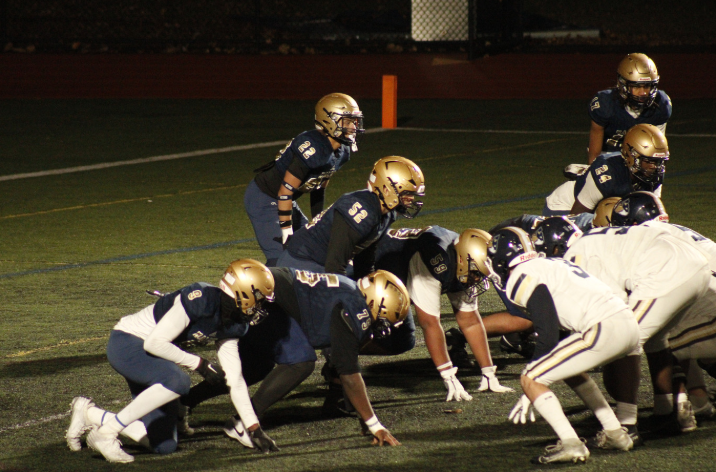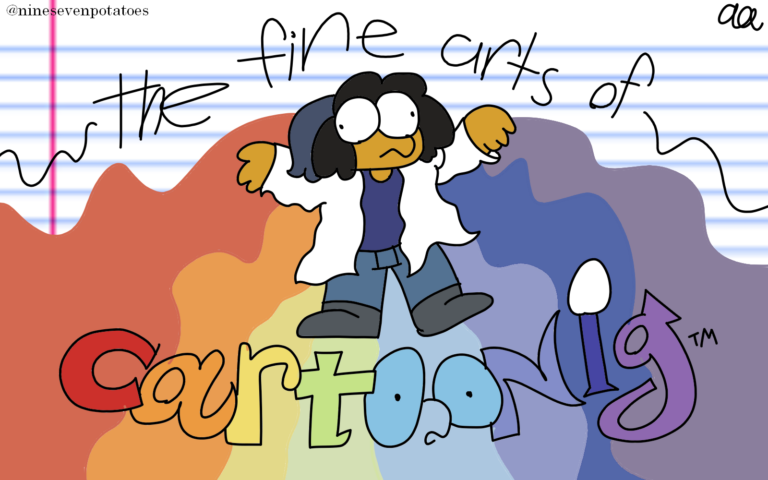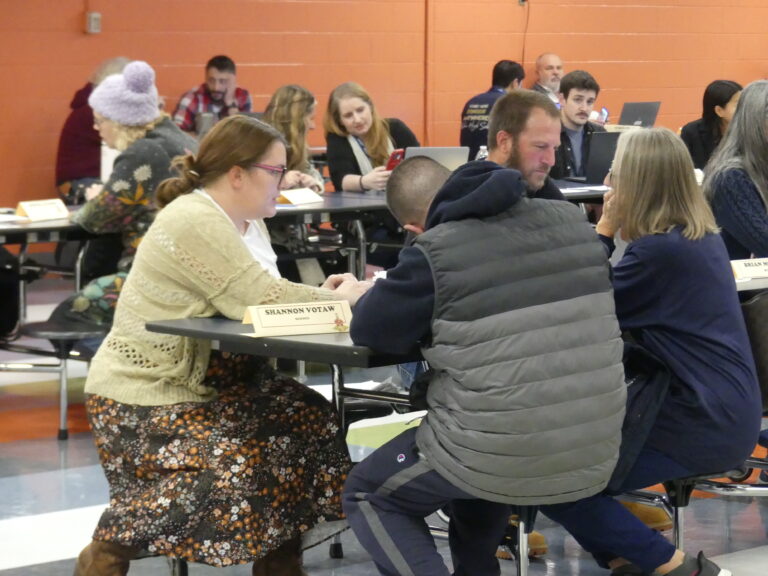
As we all know, COVID-19 made a massive impact on our lives throughout the year 2020. Schools were shut down worldwide, and our lives were flipped upside down in seconds. Little did we know that the effects of the global pandemic would still be lingering into the year 2025. Many of the side effects are still visible in the world today, especially in school systems.
Many things are happening that did not happen before we went into lockdown. There are changes in academics, behavior, communication, and technology, among others. Before COVID-19, students communicated and socialized with each other much more often. COVID-19 dismantled many normalities.

“The biggest challenge while learning remotely was ensuring that I was grasping the information that was being taught to me. Learning through a screen makes it very difficult to retain the curriculum,” voiced freshman Tenzin Tseten. Now, when you walk through schools, there are students with their heads down, on their phones, and their eyes glued to their computer screens.
Technology is one of the biggest changes in school systems that we have seen from COVID-19. When we switched to remote learning, we had to rely on technology for all educational purposes. Technology was all we had.
“I think if COVID-19 hadn’t happened, we probably wouldn’t use Chromebooks as much at school as we currently do. Maybe we would do more traditional paper assignments and activities,” mentioned Joshua Sellers, a math teacher at MHS. When we switched back to in-person learning, those habits transferred with us. We still use technology in classrooms the majority of the time.
“The pandemic presented immense challenges globally, but our ability to endure highlights the resilience of humanity. A major worry throughout this time was mental health. In our school, we united to make sure that every student felt secure and at ease so they could learn to their fullest potential,” English teacher Pasquale DiBenedetto noted.
Academics were also greatly impacted by COVID-19 and quarantine. It was very difficult for students to learn properly from home. It was also tough for teachers to teach lessons the way their curricula required. Therefore, education for students was stunted tremendously. Students technically missed out on a whole year of learning.

When students came back to school, they were expected to know all the material from the previous year. For many students, they did not have that knowledge, but teachers kept moving forward, which resulted in students not doing things to their full academic potential.
English teacher Anne Mooney added some insight: “There’s a misconception that learning is always fun or should be easy, but learning should be uncomfortable and challenging, and I think students’ stamina for working through challenging things has decreased; it’s a muscle we need to help students work out again.”
“The biggest difference I see is in regards to students’ mental health and social emotional skills,” Mooney highlighted.” She believed that “high school students right now missed a time in school when in-person relationships are critical for developing social-emotional awareness, so our students missed out on really important developmental skills. I see this impacting their ability to relate to each other, to have and show empathy. And because students missed out on this time, it also impacts their ability to be resilient and work through things even when it’s really hard.”
It was difficult for students to come back to school in person. Staying at home and not socializing with anybody became normalized. “Moving from online to in-person, I found that students struggled to communicate with each other,” noted Mooney. “Getting students to work together, to talk, to engage with one another has been a really big struggle. It’s getting better, but I think as a school we need to work on this more.”
It was a harsh transition. Sellers had his first year teaching after coming back from quarantine. As many could imagine, that made the adjustment more difficult.
“The fact that my first year teaching was the first year back from COVID-19 was an extra challenge because I didn’t get to have much in-person experience before officially teaching. The semester that I spent student teaching during college was during quarantine and therefore online, so I had essentially no experience managing a classroom in person,” Sellers explained.
COVID-19 impacted the whole world in more ways than one could explain. Going through that as students and teachers made the experience even more of a rollercoaster. “COVID-19 disrupted my work ethic as a student. At such a young age, it made me develop unhealthy habits such as procrastination and laziness,” Tseten vocalized. One takeaway is, not many people can say that they experienced a world pandemic.




